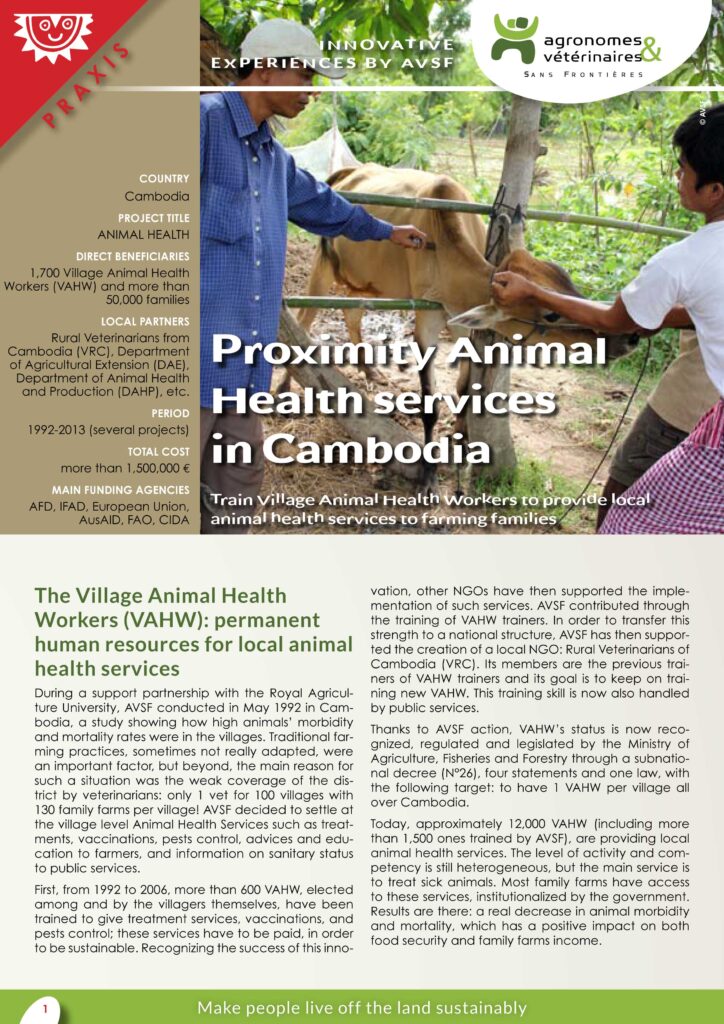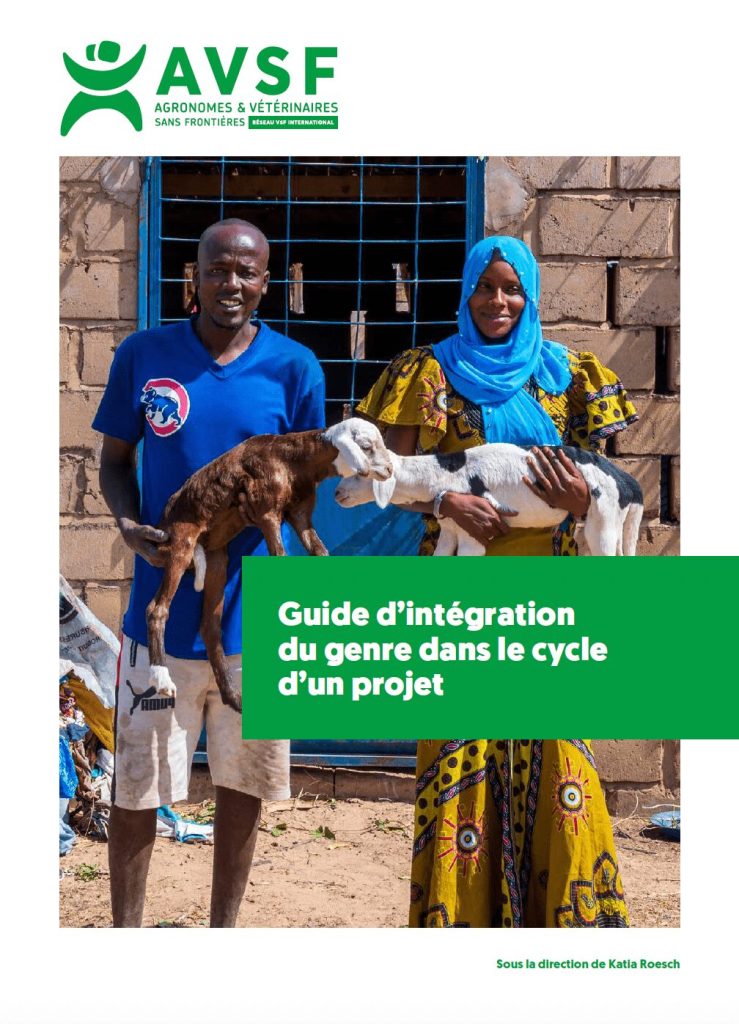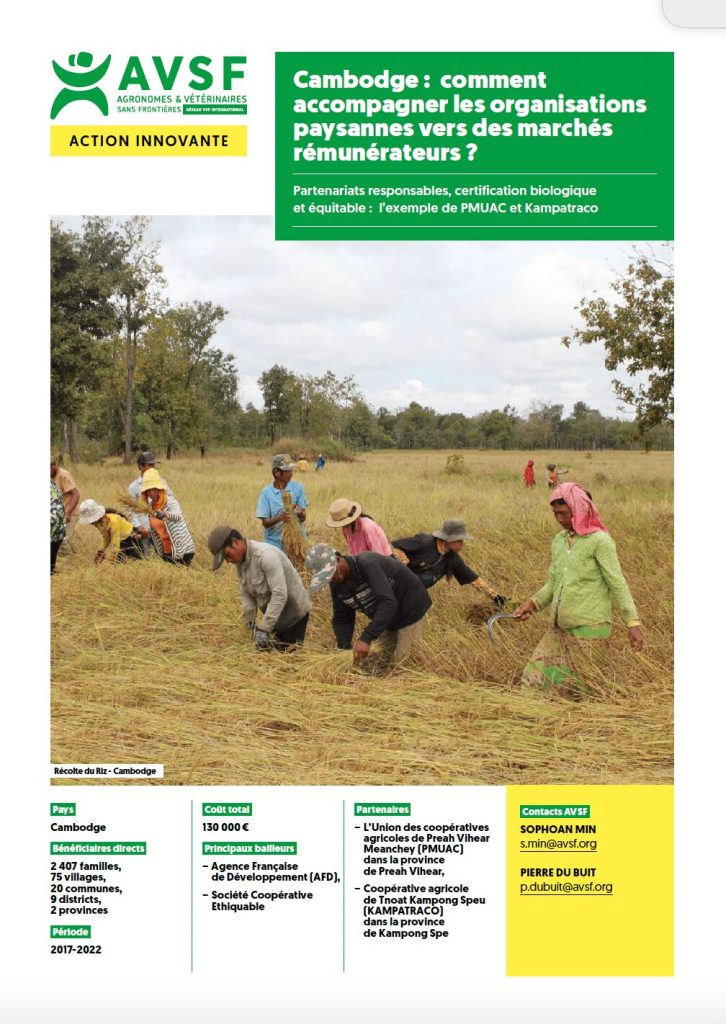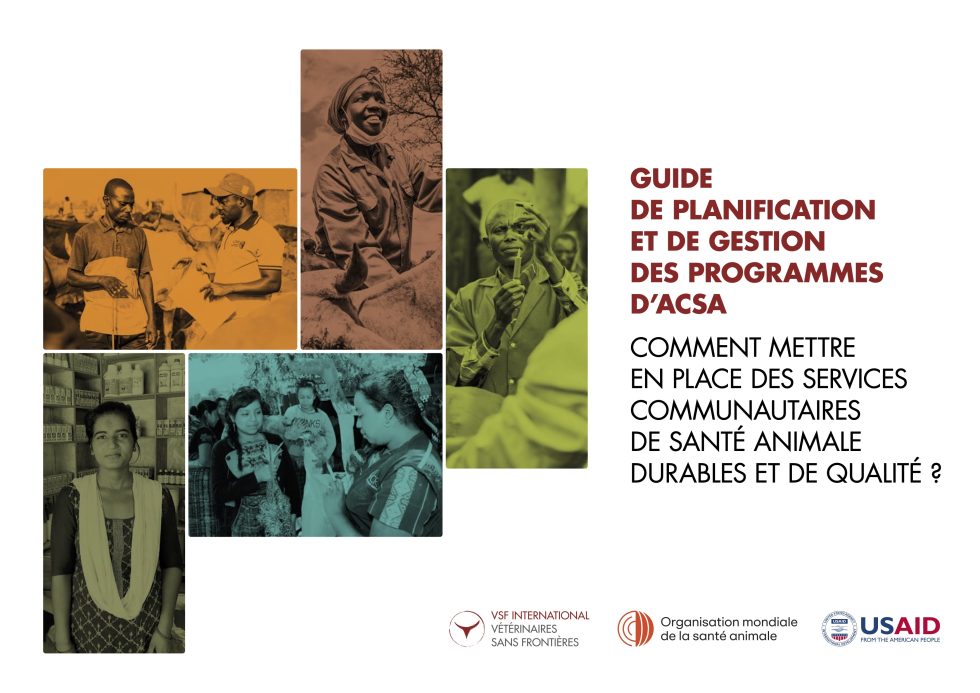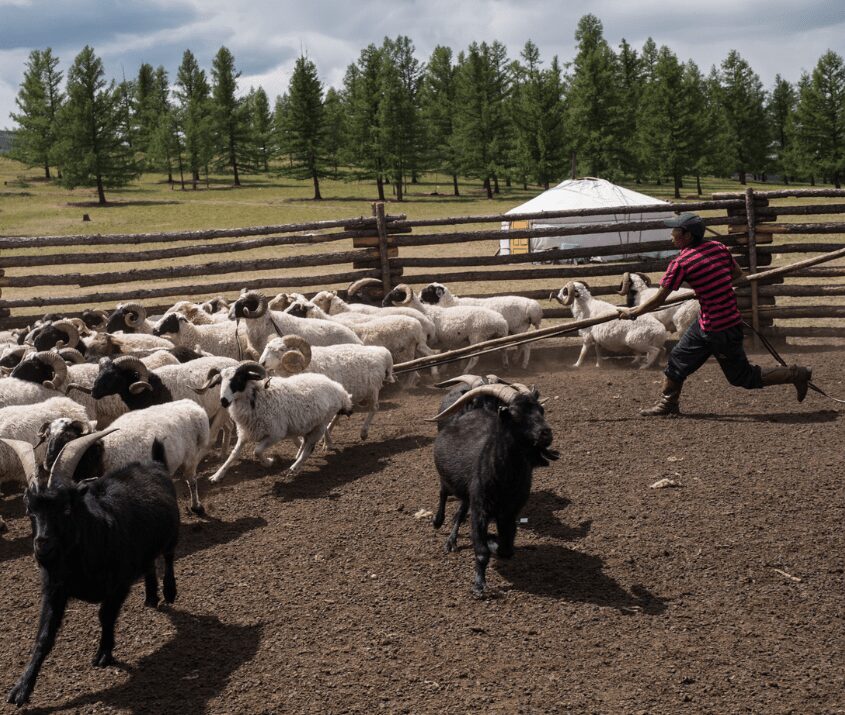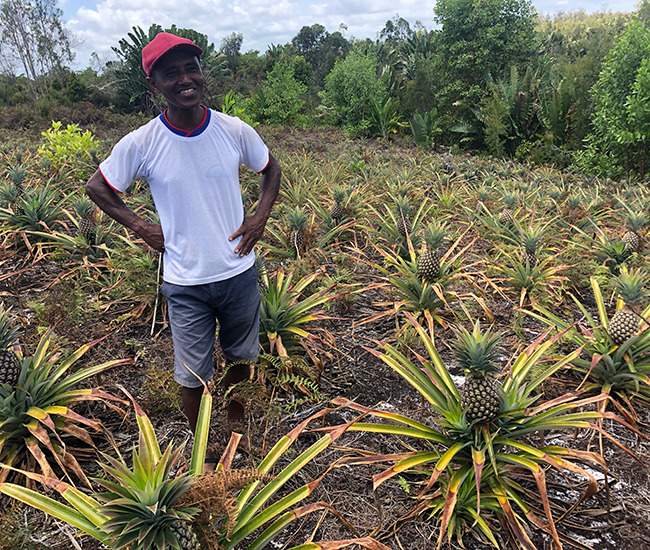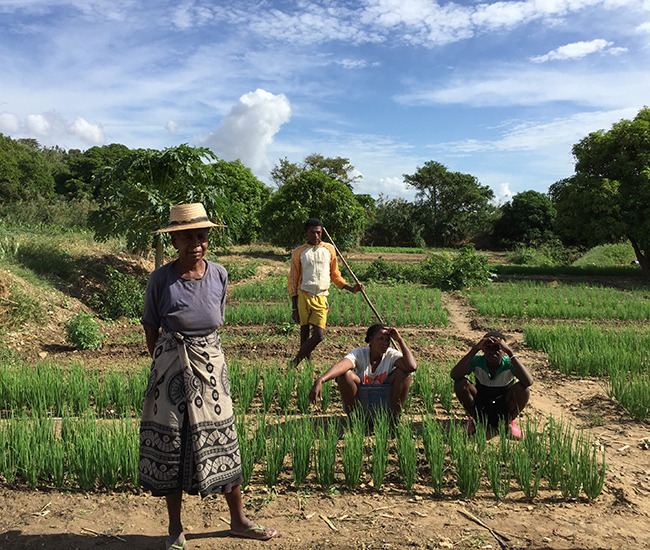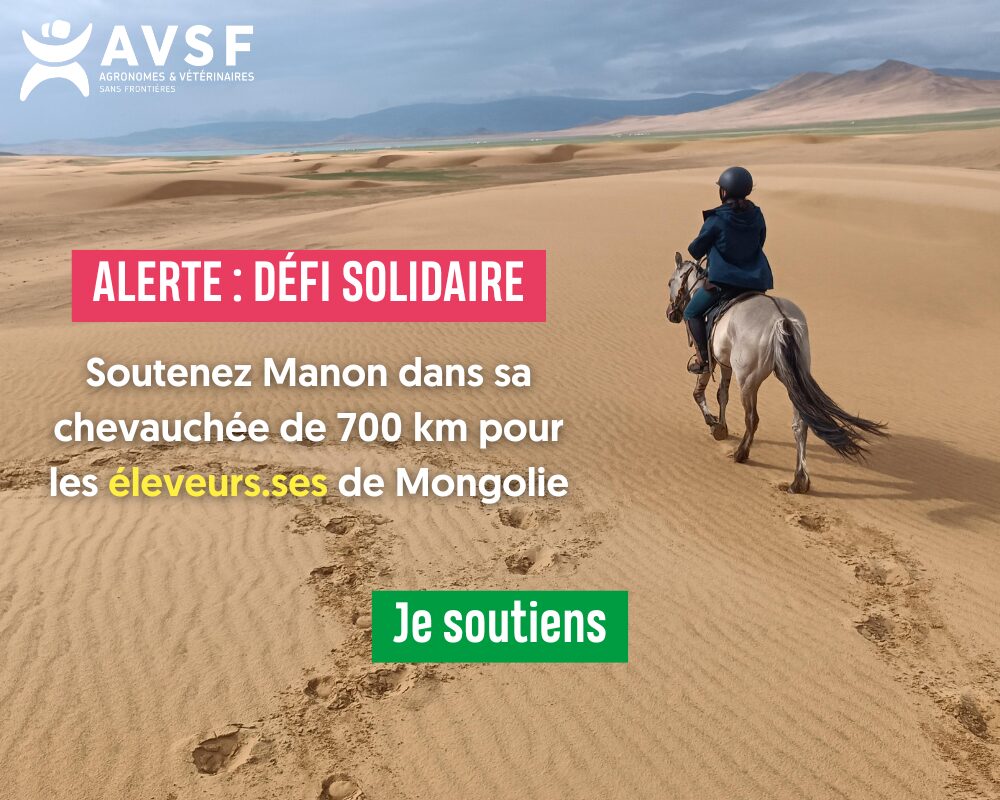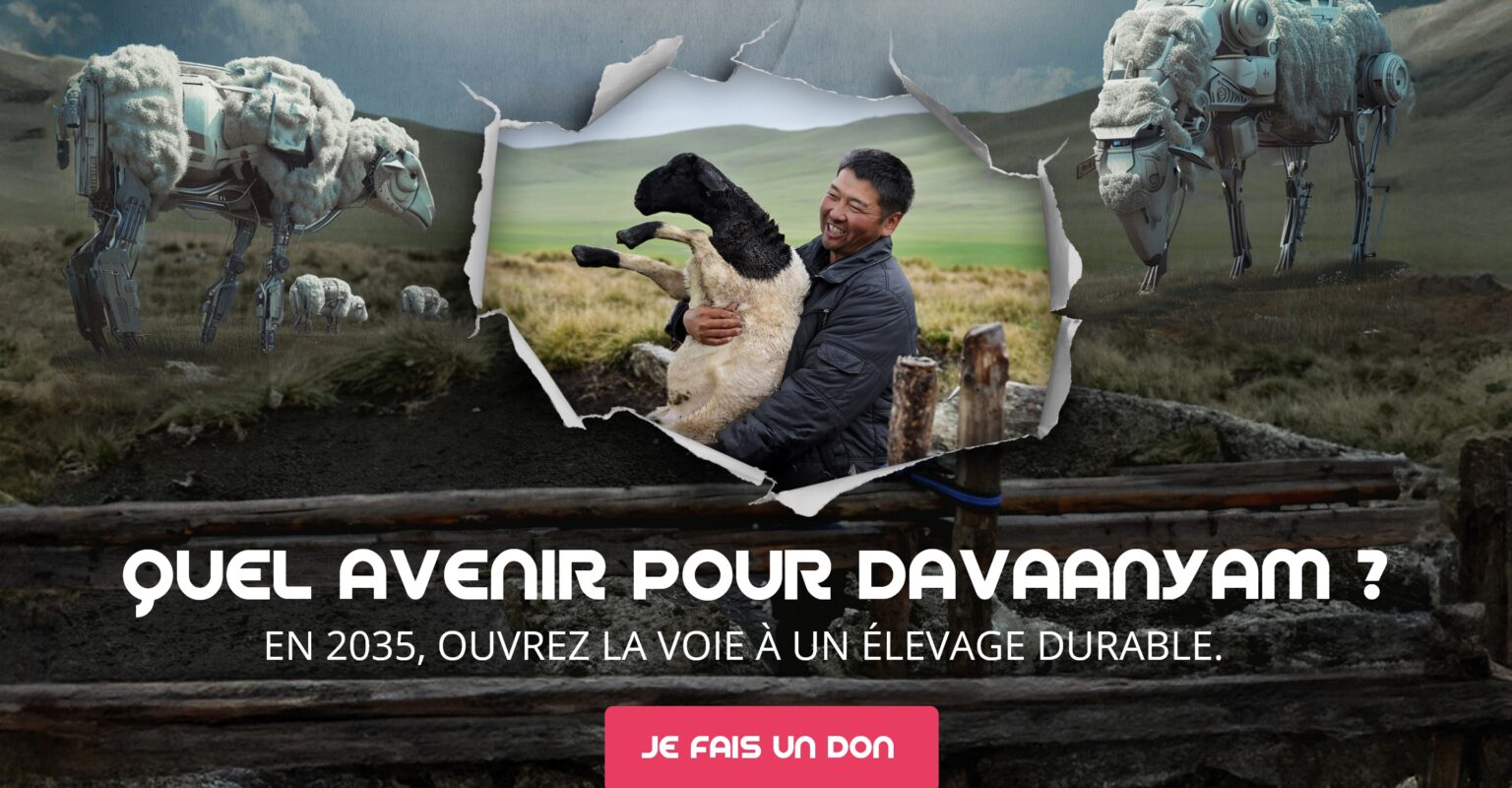Proximity Animal Health services in Cambodia
During a support partnership with the Royal Agriculture University, AVSF conducted in May 1992 in Cambodia, a study showing how high animals’ morbidity and mortality rates were in the villages. Traditional farming practices, sometimes not really adapted, were an important factor, but beyond, the main reason for such a situation was the weak coverage of the district by veterinarians: only 1 vet for 100 villages with 130 family farms per village! AVSF decided to settle at the village level Animal Health Services such as treatments, vaccinations, pests control, advices and education to farmers, and information on sanitary status to public services.
Until now, more than 1.500 VAHW, elected among and by the villagers themselves, have been trained to give treatment services, vaccinations, and pests control; these services have to be paid, in order to be sustainable. Recognizing the success of this innovation, other NGOs have then supported the implementation of such services. AVSF contributed through the training of VAHW trainers. Thanks to AVSF action, VAHW’s status is now recognized, regulated and legislated by the Ministry of Agriculture, Fisheries and Forestry through a subnational decree (N°26), four statements and one law, with the following target: to have 1 VAHW per village all over Cambodia. Today, approximately 12,000 VAHW (including more than 1,500 ones trained by AVSF), are providing local animal health services.
